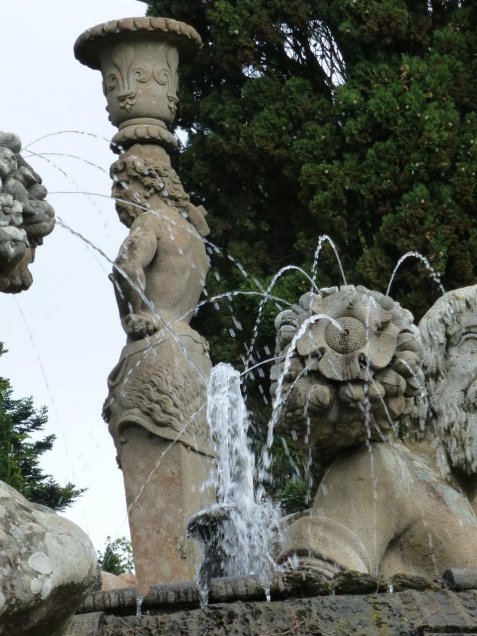Tom Stuart Smith
Posted by Catharine on June 26th 2018Early in the month Tom Stuart Smith gave a lecture at Great Braxted in Essex and we gardening types were lured from our potting sheds. There was the usual charitable angle with the National Garden Scheme and Horatio’s Garden vying either for or funds or our attention in the most charming way.
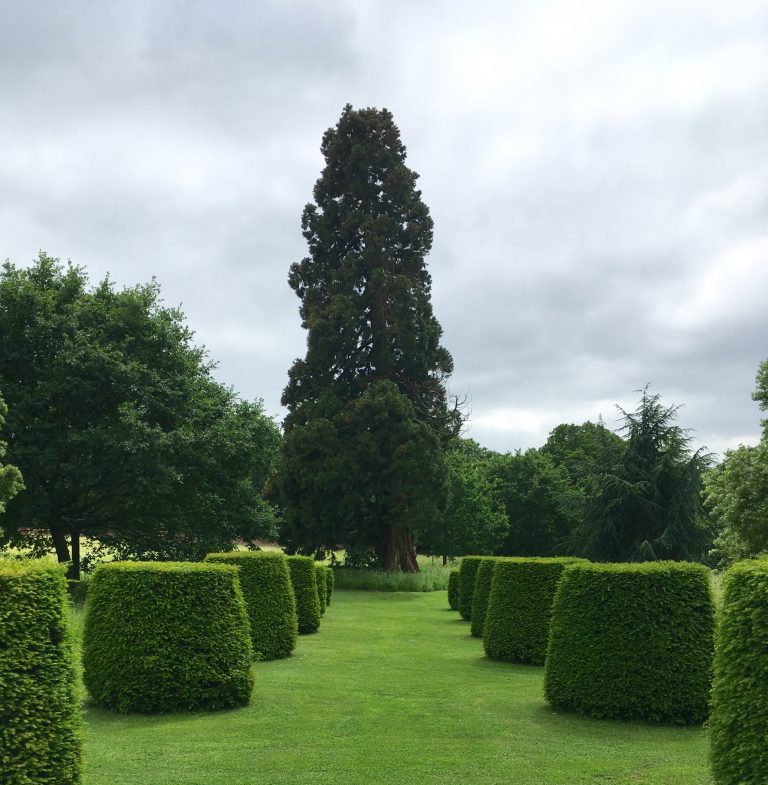
I had no idea that Horatio’s garden was more than just at Salisbury. This despite following James A Sinclair, designer of the Glasgow one, on Twitter and every time substituting Maggie’s Centre in my fuzzy mind. But now facts have been checked: both charities are beginning to roll out care gardens. The connection with Mr SS is that he is designing the fourth one for Horatio’s at Stanmore.
I have been visiting an extremely elderly relation in a hospital in Edinburgh. There is a garden that he can get out to in a wheelchair but empty bird feeders, paucity of plant types, no gardener and a lavish screed of tarmac persuade the birds to shun it altogether.
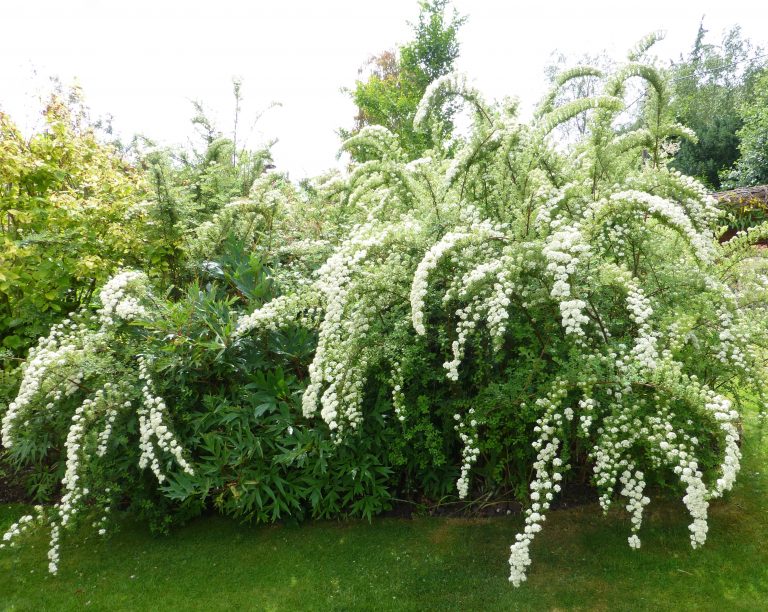
Horatio’s gardens are places for the patients of spinal injury treatment. Named for the son of David and Olivia Chapels who was tragically killed by a polar bear 6 years ago whilst on a school trip. He had volunteered on the spinal ward, where his father is surgeon and had remarked on the lack of outdoor space. The gardens in his memory are plant lush, private and an oasis. How good it is that such gardens have entered the mainstream of healing.
The Horatio’s Garden connection was why Tom was there. Into his talk he dropped the fact that the quite serious Tim Richardson is writing a book about him. Not dropped in a boasty way: he was modest and un-flaunting and generous in the scattering of pearls of wisdom from the rostrum.
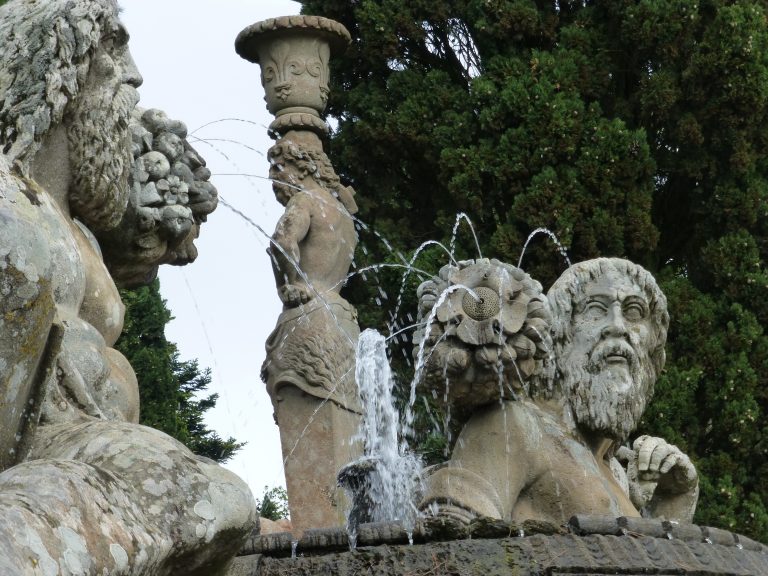
I hooked a few. Pretty early on he showed us a picture of the gardens at the Villa Farnese, Caprarola. The most formal and stagey of gardens, it has caryatids surrounding a rectangle broken up by topiary. He flagged the looking in from without – as if we are intruders in the place. He has taken looking outside in and used it in his own designs. He uses the repetition of topiary shapes at Broughton Grange where the walled garden is like an abandoned suitcase in the middle of a field.
The formal title “Gardens and culture” gave a strong thread to a story-line of the making of gardens in foreign lands and the getting under the skin of the culture in that place. He led an arm-chair globe-trot from Mustique (elastic and quite plastic) through Kerala where a plant nursery was set up on site to harvest the local plants for the very garden. His last stopover was Marrakech and a Koranic garden. The purity of the planting restricted him to plants that appear in the holy book: date palm, olive, pomegranate and tamarisk. In between we were treated to how to establish xerophytic plants in gypsum soil, using what is there on site and the importance of process not product.
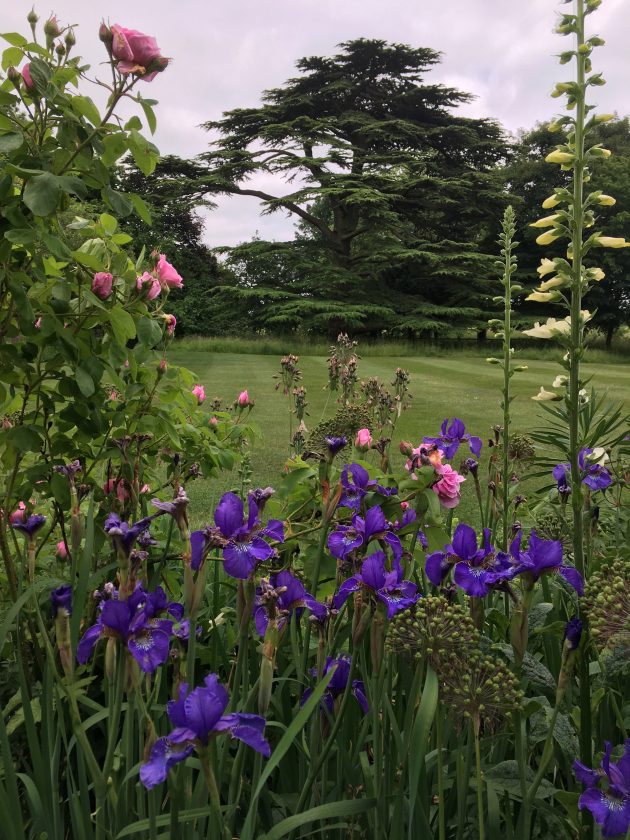
From this I glean that all gardening is an experiment. I liked this man. The nuts on the cornetto were provided by the hostess giving permission to look at her own garden. My last visit was 25 years ago and it was delightful to see the school of Rosemary Verey plantsmanship stalking the land, alive and blooming.
